Here is what really happened to Joan Crawford, Bette Davis and others after ‘Feud’
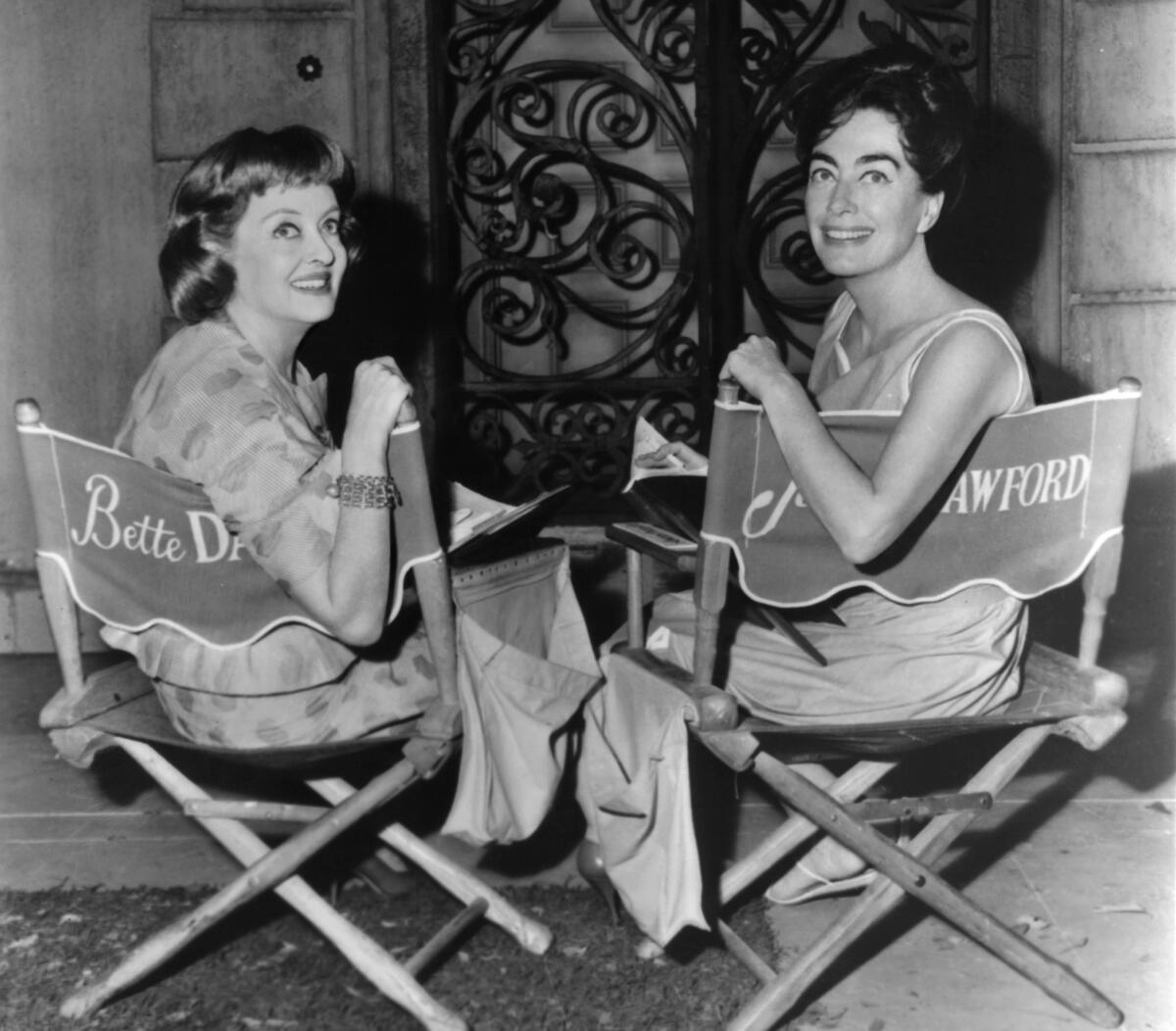
Ryan Murphy’s FX series “Feud: Bette and Joan,” starring Susan Sarandon as Bette Davis and Jessica Lange as Joan Crawford, ends Sunday. Far from being a camp romp about these grand dames of cinema feuding and fighting during the production of the 1962 favorite “What Ever Happened to Baby Jane?,” the drama has examined the dark side of Hollywood and how actresses of a certain age are mistreated and dehumanized by the industry that once embraced them.
Some of these actresses from Hollywood’s Golden Age turned to booze and pills. Others had money problems as well as issues with husbands and children. And some retired gracefully, moving far away from Tinseltown.
So whatever happened to Joan and Bette after “Baby Jane,” along with Joan Blondell and Olivia de Havilland (depicted in “Feud” by Kathy Bates and Catherine Zeta-Jones), and other legendary actresses like Barbara Stanwyck, Irene Dunne, Jean Arthur and Rosalind Russell? Here’s the real scoop.
Bette Davis
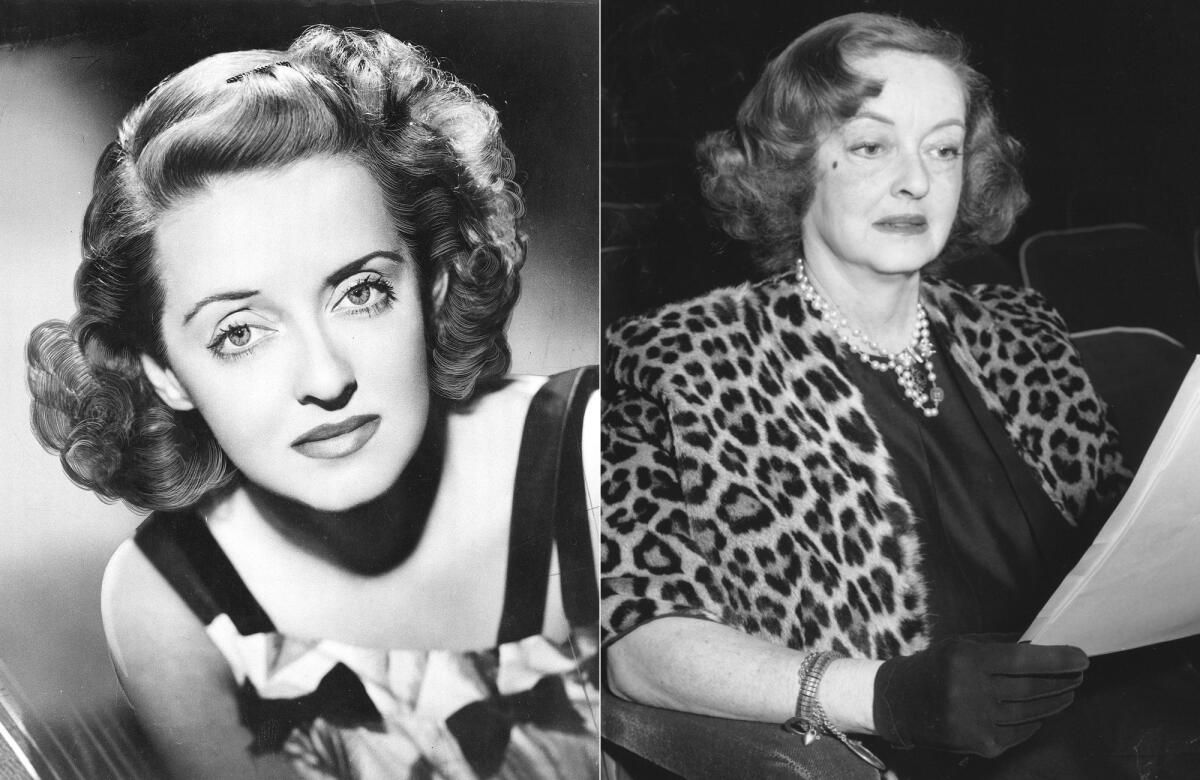
Earning the lead actress Oscar nomination for “Baby Jane” certainly revived Davis’ career. She continued to star in movies including thrillers (1964’s “Dead Ringer” and “Hush, Hush … Sweet Charlotte”), comedies (1971’s “Bunny O’Hare”), children’s films (1978’s “Return From Witch Mountain”) and mysteries (1978’s “Death on the Nile”). She received the Hollywood Foreign Press Assn.’s Cecil B. DeMille Award in 1974 and the AFI Life Achievement Award in 1977. She earned an Emmy for her role opposite Gena Rowlands in the 1979 TV movie, “Strangers: The Story of a Mother and Daughter” and earned kudos with Jimmy Stewart for the 1983 cable movie “Right of Way.” Her penultimate movie was the acclaimed 1987 “Whales of August” with Lillian Gish and Ann Sothern.
But she also had personal heartache. Her daughter B.D (played by Kiernan Shipka in “Feud”) wrote a tell-all book in the mid-’80s. Davis died in 1989 at age 81.
Joan Crawford
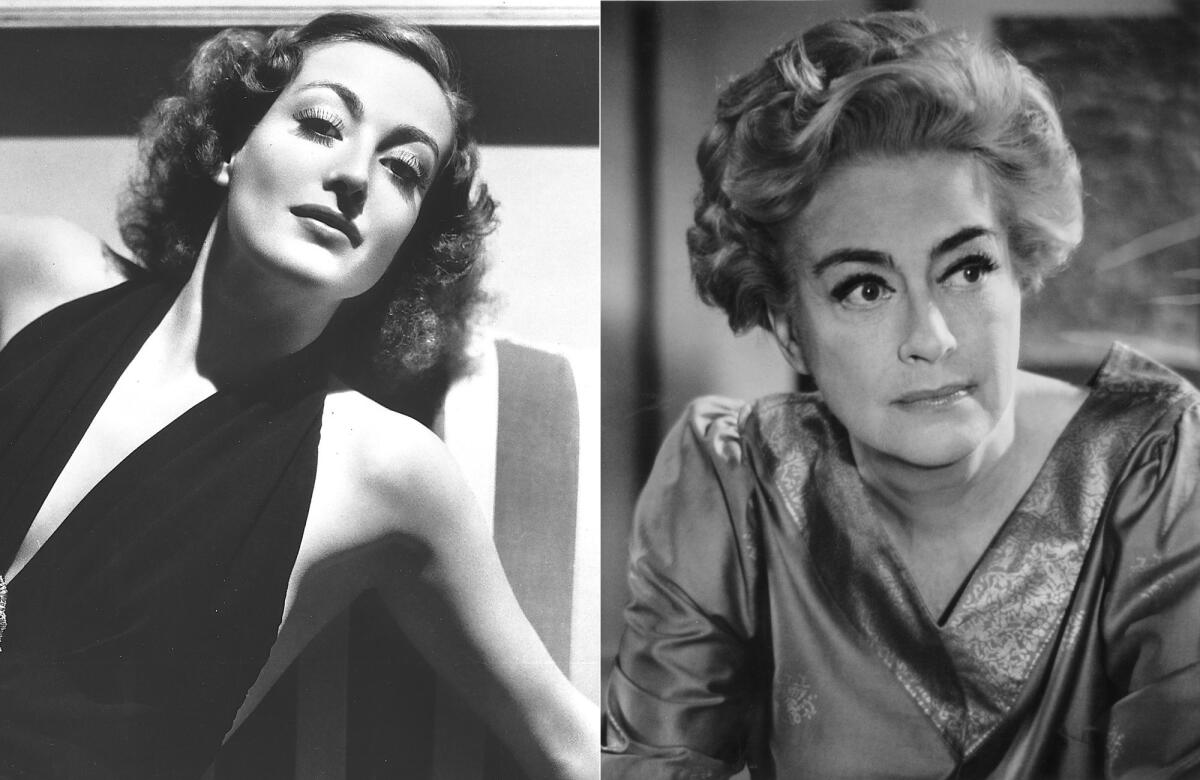
After “Baby Jane,” Crawford made the William Castle thrillers “Straight-Jacket” (1964) and “I Saw What You Did” (1965), and guest starred on such TV series as “The Man From U.N.C.L.E” and “The Lucy Show.” When her daughter Christina Crawford, who would publish her scandalous memoir “Mommie Dearest” in 1978, became ill, Joan Crawford took over her role on the daytime soap, NBC’s “The Secret Storm,” in 1968. But supposedly Crawford, who drank more than Pepsi, couldn’t keep her act together and her appearance led to a rift between mother and daughter.
Her best-known role in the ’60s was as a wealthy blind woman eager to see in “The Eyes,” an installment of the 1969 NBC TV movie “Night Gallery” directed by a young
She received the Cecil B. DeMille Award the year before her last film, the dreadful “Trog,” was released. Crawford became reclusive after a 1974 public appearance saw the release of unflattering photographs. She died of cancer in 1977; her real age was the source of contention.
Joan Blondell
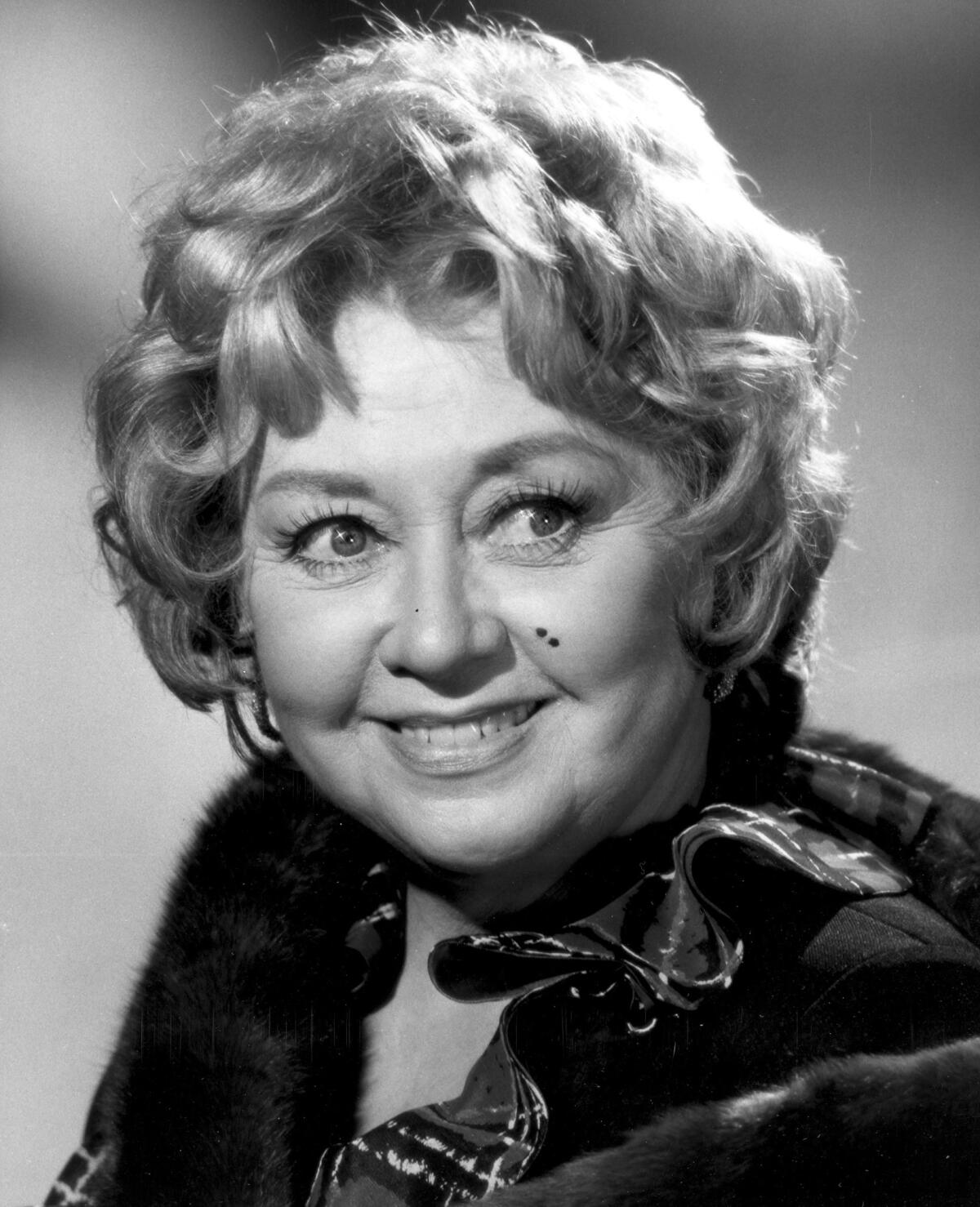
After playing comedy and musical roles at Warner Bros. in the 1930s, Blondell started doing more serious roles in such films as “A Tree Grows in Brooklyn” (1945) and six years later earned an Oscar nomination in the melodrama “The Blue Veil.” She found success on Broadway in the 1950s and returned to the screen in the 1957 hit comedies “Desk Set” and “Will Success Spoil Rock Hunter?” Blondell guest starred on countless series including “Dr. Kildare” and was a regular on the 1968-70 series “Here Comes the Brides.” She continued doing features, most notably “The Cincinnati Kid” (1965), John Cassavetes’ “Opening Night” (1977) and “Grease” (1978). She died in 1979 at age 73. Her final film was the 1979 remake of “The Champ.”
Olivia de Havilland
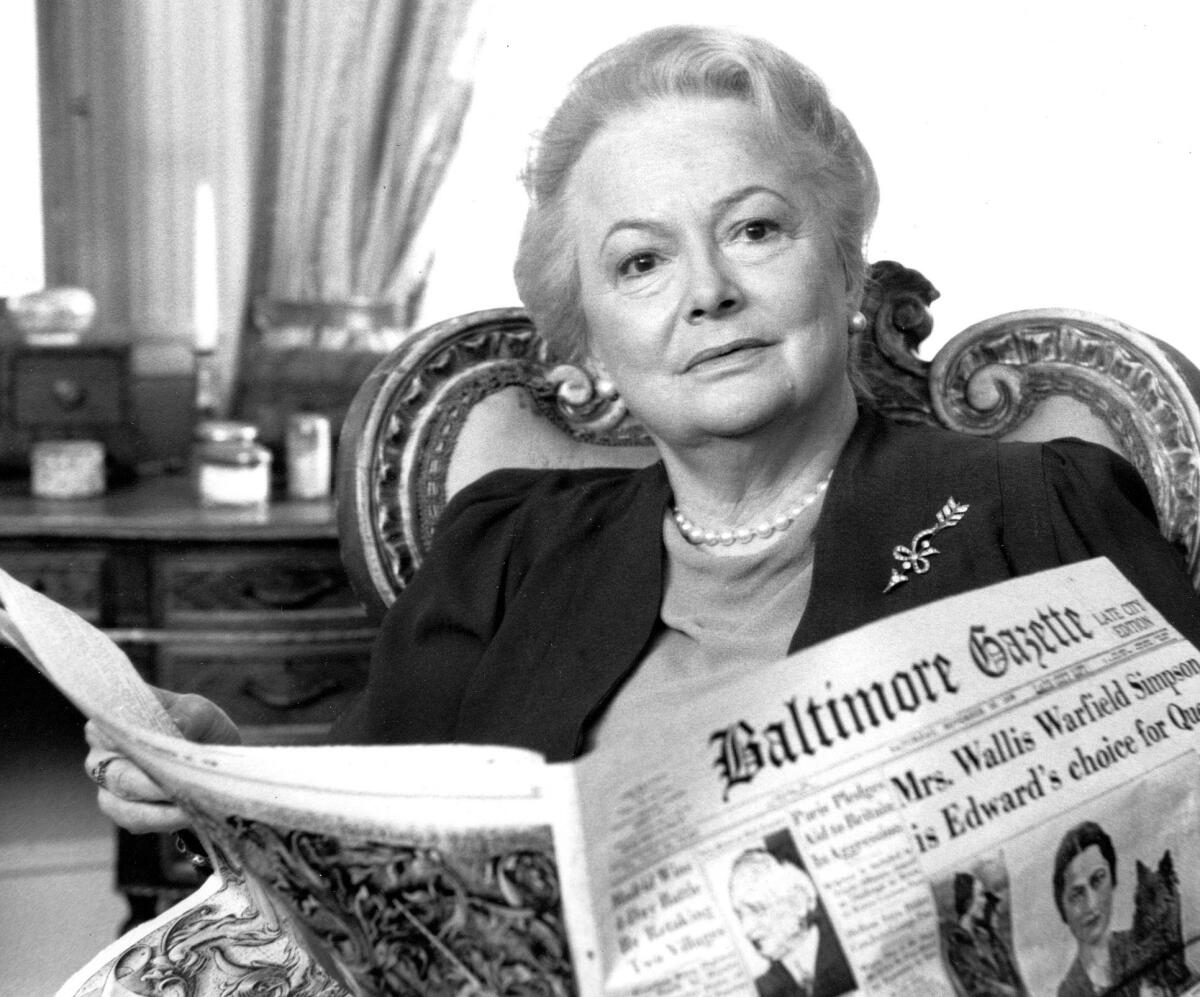
The two-time Oscar winner (1946’s “To Each His Own,” 1949’s “The Heiress”), who had a feud of her own with younger sister
Barbara Stanwyck
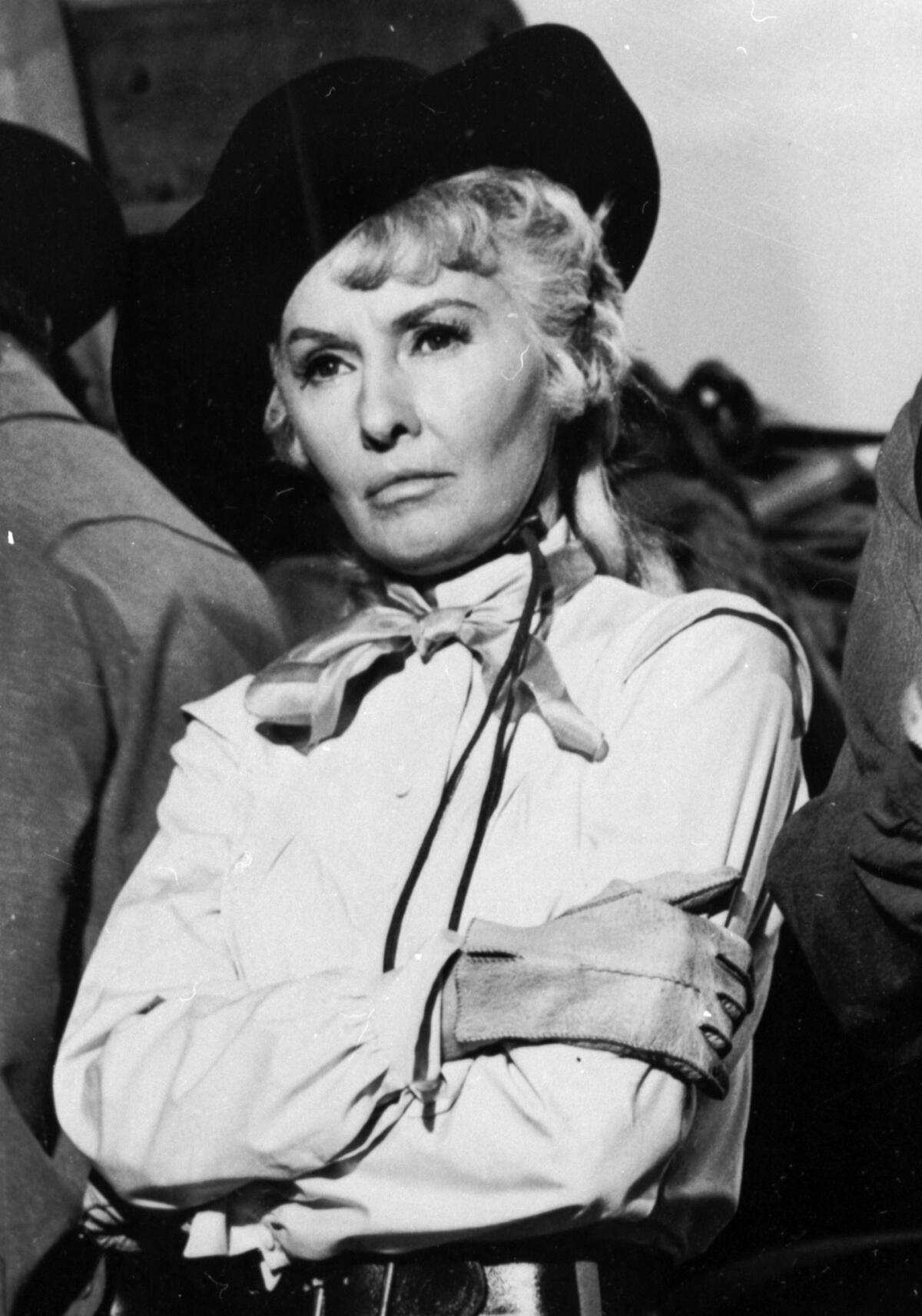
The four-time Oscar nominee (1937’s “Stella Dallas,” 1941’s “Ball of Fire,” 1944’s “Double Indemnity” and 1948’s “Sorry, Wrong Number”) had a difficult childhood and that experience made her tough and resilient. And that determination plus her unflinching talent led her to have a 60-year acting career. She made her final films in 1964 in William Castle’s “The Night Walker” and Elvis Presley’s “Roustabout” before she concentrated on television. She became a small screen superstar in the
Despite being robbed and beaten in 1981, the stalwart Stanwyck was soon back to work and earned another Emmy in 1983 for the ABC miniseries “The Thorn Birds.” She then starred with Charlton Heston in “The Colbys,” the 1985-86 ABC spinoff of “Dynasty."
She won the honorary Oscar in 1992 and the AFI Life Achievement in 1987. Stanwyck died of congestive heart failure in 1990 at 82. And in typical no-nonsense Stanwyck fashion, there was no funeral.
Irene Dunne
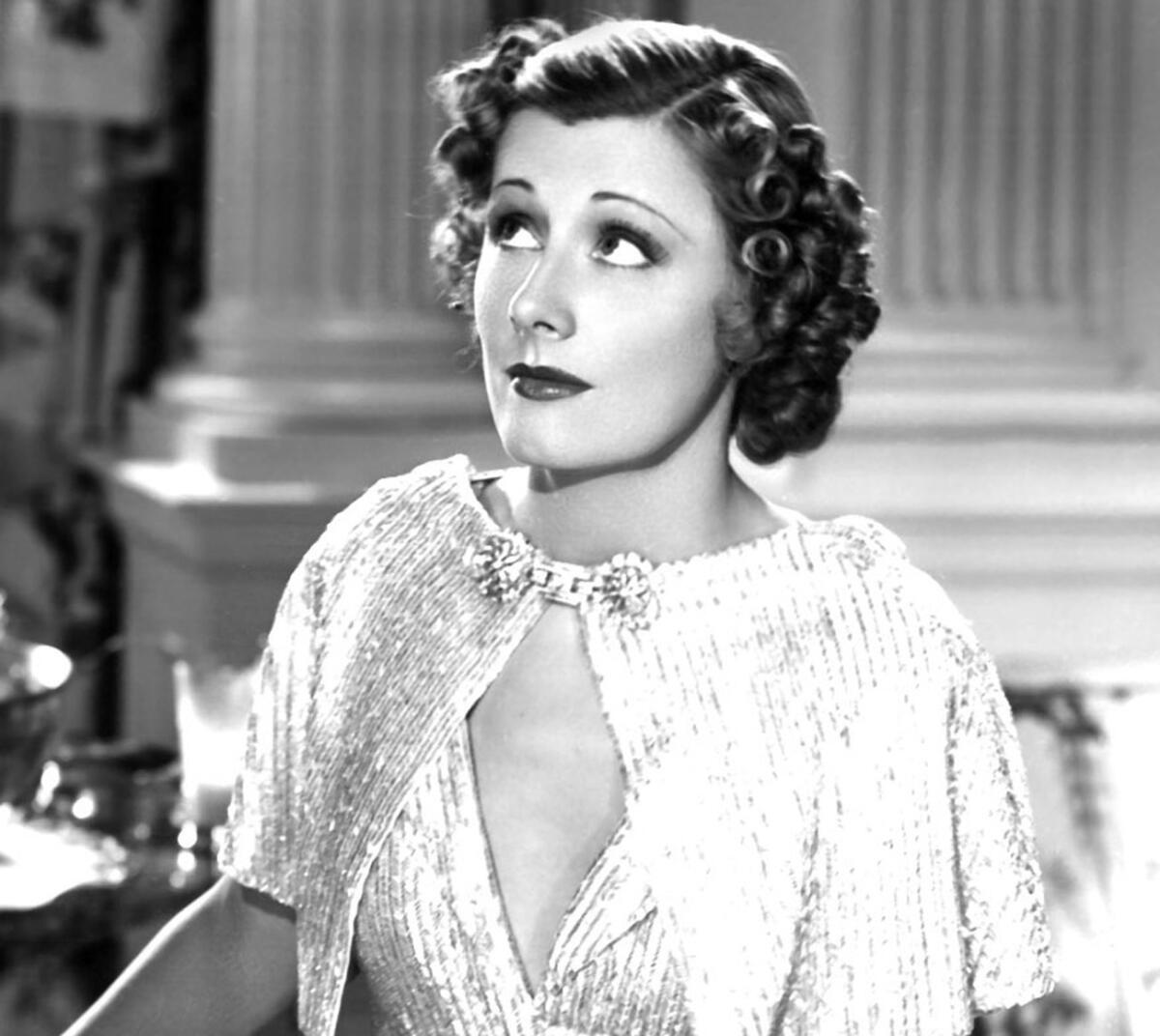
Called the First Lady of Hollywood, Dunne earned five Oscar nominations (1931’s “Cimarron,” 1936’s “Theodora Goes Wild,” 1937’s “The Awful Truth,” 1939’s “Love Affair,” 1941’s “Penny Serenade” and 1948’s “I Remember Mama”) before she retired from films at 54 with the 1952 comedy “It Grows on Trees.” She guest starred in a handful of TV series in the 1950s, making her final turn in 1962 “General Electric Theater.” Dunne, who was a private person, was married for nearly 40 years to a dentist and adopted a daughter in the late 1930s. A devoted Republican, she was a special delegate to the United Nations in 1957 and was involved in charitable and philanthropic works. In 1977, she appeared at the
Jean Arthur
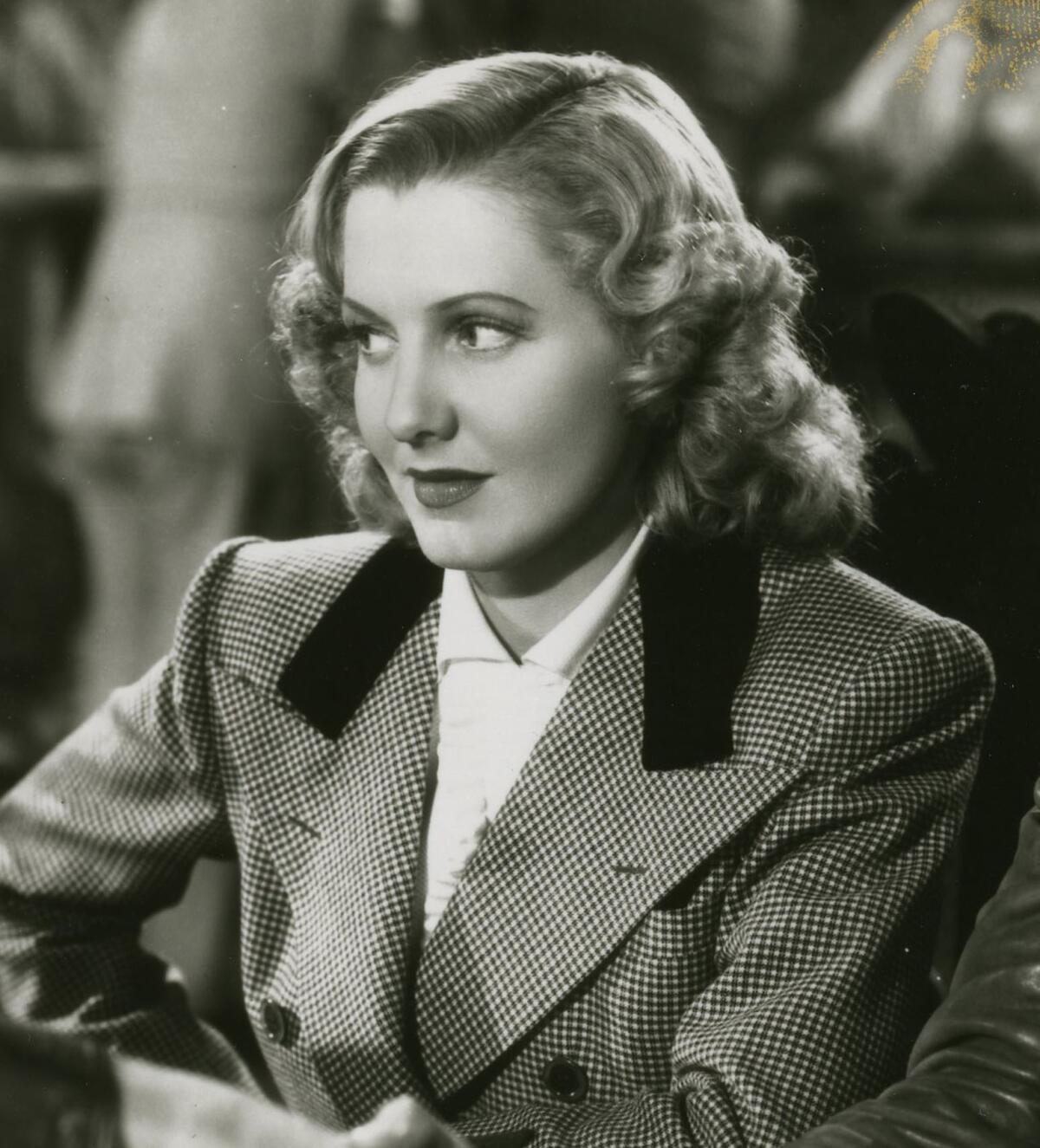
Though she showed her dramatic chops in the Frank Capra 1939 classic “Mr. Smith Goes to Washington” and 1937’s “History Is Made at Night,” Arthur was known for her quirky, spunky comedic roles in such films as George Stevens’ 1943 “The More the Merrier,” for which she earned her only lead actress Oscar nomination. Arthur made just a few more films the remainder of the decade including Billy Wilder’s 1948 “A Foreign Affair.”
She also appeared with Boris Karloff on Broadway in 1950 in “Peter Pan” and returned to the screen in 1953 for Stevens’ classic western “Shane.” She made her TV series debut in 1966’s ‘The Jean Arthur Show,” which lasted only 12 episodes. Arthur returned to Broadway in the fall of 1967 in “The Freaking Out of Stephanie Blake.” Though the show played previews, Arthur “took ill” and it never opened
Arthur made an appearance on “The Merv Griffin Show” in 1973. She was still adorably eccentric and showed up looking as if she had been working in the garden. The actress, who had also taught acting at Vassar, lived in Carmel for over 30 years and once said she had had a good life with friends, cats and “the sea on three sides of me.” Arthur died in 1990 at the age of 90.
Rosalind Russell

The four-time Oscar nominee (1942’s “My Sister Eileen,” 1946’s “Sister Kenny,” 1947’s “Mourning Becomes Electra” and 1958’s “Auntie Mame”) looked East as a string of flops in the late 1940s lead to a waning of her film career. She found success on Broadway in the 1950s, earning a Tony for the 1953 musical “Wonderful Town,” which was based on “My Sister Eileen,” and earning a nomination in 1956 for “Auntie Mame.” Her success on Broadway led to a resurgence of her film career.
In the 1960s, she starred — and was miscast — in the film versions of the Broadway hits “Gypsy” and “A Majority of One” but scored a big hit as a nun in 1966’s “The Trouble With Angels.” Her last feature was the 1970 bomb “Mrs. Pollifax-Spy.”
Russell battled rheumatoid arthritis and the cortisone she took for the disease made her look puffy when she acted for the last time in the 1972 TV movie “The Crooked Hearts.” As the disease got worse, she became more reclusive. Russell died in 1976 of cancer at 69.
Only good movies
Get the Indie Focus newsletter, Mark Olsen's weekly guide to the world of cinema.
You may occasionally receive promotional content from the Los Angeles Times.




